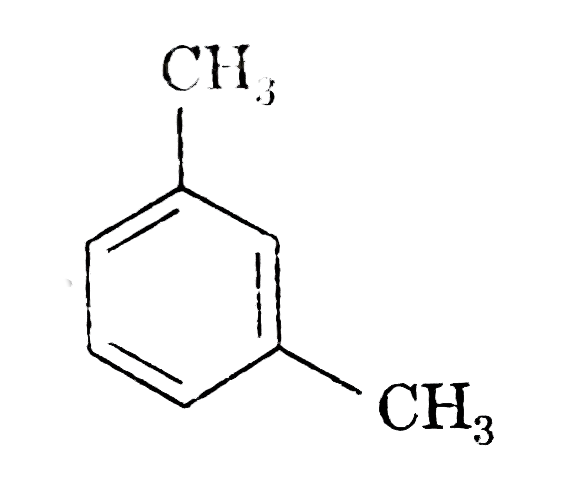An alkene upon combustion produces CO2(g)andH2O(g). In this combustion process if there is no volume change, then, the no. of C atoms per molecule of alkene will be:
The correct Answer is:2
Step by step video, text & image solution for An alkene upon combustion produces CO_(2)(g)"and"H_(2)O(g). In this combustion process if there is no volume change, then, the no. of C atoms per molecule of alkene will be: by Chemistry experts to help you in doubts & scoring excellent marks in Class 11 exams.
Topper's Solved these Questions
- BOOK - GRB PUBLICATIONCHAPTER - MOLE CONCEPT, STOICHIOMETRY & CONCENTRATION TERMSEXERCISE - Match the columns25videos
MOLE CONCEPT, STOICHIOMETRY & CONCENTRATION TERMS
- BOOK - GRB PUBLICATIONCHAPTER - ISOMERISMEXERCISE - SUBJECTIVE TYPE67videos
ISOMERISM
- BOOK - GRB PUBLICATIONCHAPTER - NOMENCLATURE AND CLASSIFICATIONEXERCISE - Subjective Type24videos
NOMENCLATURE AND CLASSIFICATION
Similar Questions
In the combustion reaction C3H8+O2→CO2+H2O, the coefficient for O2 is
View SolutionA dibasic anhydrous acid produced upon combustion 0.195g of CO2 and 0.04g of H2O. 0.5g of the salt of this acid when ignited, converted to 0.335g of pure silver. Find the molecular formula of the dibasic acid.
View Solution
Knowledge Check
- Question 1 - Select One

combustion gives CO2(g) and H2O(g).Find ratio of number of atoms O to H in product formed.A12B2110C196D92 - Question 2 - Select One
The combustion of benzene (l) gives CO2(g) and H2O(l). Given that heat of combustion of benzene at constant volume is –3263.9kJmol–1 at 25∘C, heat of combustion (in kJmol–1) of benzene at constant pressure will be
(R = 8.314 JK–1 mol–1)A−3267.6B4152.6C−452.46D3260 - Question 3 - Select One
The combustion of benzene (l) gives CO2(g) and H2O(l).Given that heat of combustion of benzene at constant volume is −3263.9kJmol−1 at 25∘C, heat of combustion (in kJmol−1) of benzene at constant pressure will be (R=8.314JK−1mol−1).
A4152.6B−452.46C3260D−3267.6
0.45g of a dibasic organic acid upon combustion produced 0.44g of CO2 and 0.09g of H2O. 0.76g of its silver salt when ignited gave 0.54g of pure silver. What is the fomula of the acid? (Ag=108)
View SolutionThe heat of combustion of H2(g) at constant pressure and 300k is −280kJmol−1. What will be the heat of combustion at constant volume and at 300K?
View SolutionThe combustion of benzene (l) gives CO2(g) and H2O(l). Given that heat of combustion of benzene at constant volume is –3263.9kJmol–1 at 25∘C, heat of combustion (in kJmol–1) of benzene at constant pressure will be
(R = 8.314 JK–1 mol–1)View SolutionThe combustion of benzene (l) gives CO2(g) and H2O(l). Given that heat of combustion of benzene at constant volume is –3263.9kJmol–1 at 25∘C, heat of combustion (in kJmol–1) of benzene at constant pressure will be
(R = 8.314 JK–1 mol–1)View SolutionThe combustion of benzene (l) gives CO2(g) and H2O(l). Given that heat of combustion of benzene at constant volume is –3263.9kJmol–1 at 25∘C, heat of combustion (in kJmol–1) of benzene at constant pressure will be
(R = 8.314 JK–1 mol–1)View Solution

